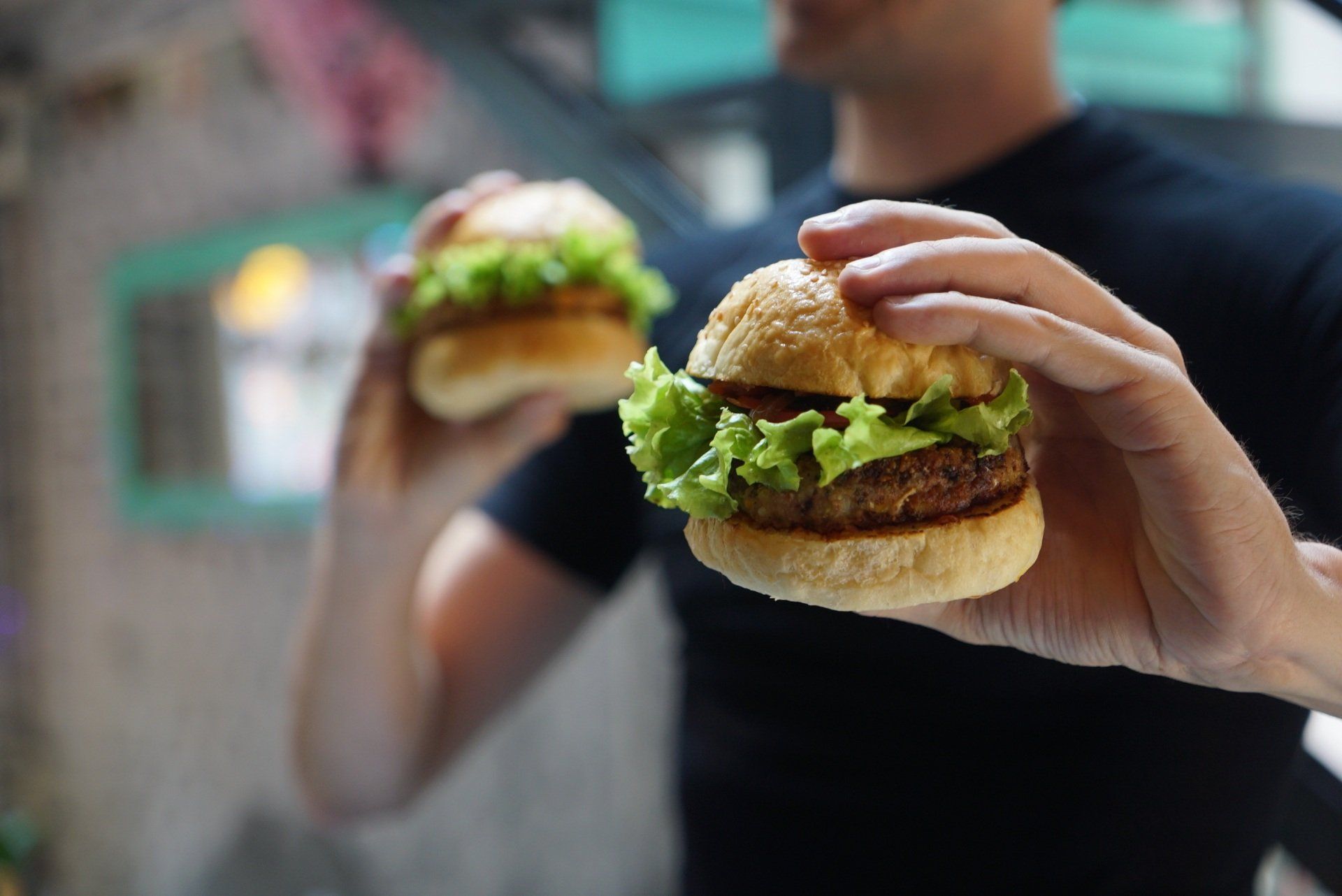Is The Portion Size Effect Making You Fat?
The portion size effect is a much-studied phenomenon: You will eat more food when given larger portions, even if you’re not hungry.
One of the most cited studies on the portion size effect is a study published in the Journal of the American Medical Association in 2007. This study, which was conducted by researchers at the University of Illinois at Chicago, found that people ate about 30% more food when given larger portions.
The study involved 66 participants who were given a variety of foods, including pasta, chicken, and cookies, in different portion sizes. The researchers found that when the portion sizes were larger, the participants ate significantly more food, even when they were not hungry.
The conclusion of the study was that the portion size effect can lead to overeating and weight gain, and that using smaller portions can help people control their food intake and prevent weight gain. The study also emphasized the importance of being mindful of portion sizes, especially when eating out at restaurants where portion sizes tend to be larger.
The portion size effect can be seen with a variety of different foods, from pizza to pasta to snacks like chips and cookies. For example, if you're trying to stick to one serving of pizza, but you're given a large slice, you're more likely to eat the whole thing, even if you're not that hungry. The same goes for a bag of chips or a box of cookies. If the serving size is larger, you're more likely to eat more.
Another example is with restaurant meals. Many restaurants serve portions that are much larger than the recommended serving size, and this can lead to overeating. In fact, a study published in the Journal of Public Health found that people tend to eat about 25% more when dining out, compared to when they eat at home.
What Explains The Portion Size Effect?
Scientists believe that the portion size effect is related to the "clean plate" phenomenon, where people feel obligated to finish all the food on their plate, even if they are no longer hungry.
Additionally, larger portions of food can be more visually appealing and satisfying, which can make people want to eat more of it. This is because the human brain is wired to seek out high-calorie, energy-dense foods, and larger portions of food can provide a greater reward in terms of the number of calories consumed.
Furthermore, when people are given larger portions of food, they may also perceive the food as being a better value and therefore be more likely to eat more of it. This can be especially true in restaurants, where larger portions are often perceived as being a better deal, even if they are not actually a good value in terms of the amount of food that is being consumed.
Overall, the combination of these factors can lead people to eat more food when given larger portions, even if they are not hungry. This can lead to overeating and weight gain, and it emphasizes the importance of being mindful of portion sizes in order to prevent this from happening.










